Internet Speed Transparency: Achiever Broadband Internet’s Open Policy vs. Common ISP Tricks
Many Internet Service Providers (ISPs) impose speed restrictions on internet packages based on peak and off-peak hour policies, directly affecting your experience.
Here is how these policies typically work:
Peak Hour Speed Policy:
✅ Time frame: Usually from 6 PM to 11 PM or midnight, when most users are online streaming videos, gaming, downloading, etc.
✅ What ISPs do: They share bandwidth among users, enforce a Fair Usage Policy (FUP), and reduce speeds after a certain data limit. Heavy users often experience throttling.
Off-Peak Hour Speed Policy:
✅ Time frame: From midnight to around 8 AM or before office hours, when user load is low and servers are less congested.
✅ What ISPs do: They may artificially boost speeds during this period. Offers like “Double Speed” or “Night Boost” are common. Often, the speed you get at night is what you should have had during the day, but marketed as “better speed.”
Common Problems:
✅ Customers do not understand why speeds vary so much at different times.
✅ Expectation vs. Reality: Advertised 20 Mbps may drop to 4-6 Mbps during peak hours.
✅ Some ISPs do not clearly disclose speed variations, causing confusion and frustration.
Achiever Broadband Internet’s Speed Policy:
✅ We have no peak or off-peak policies and no hidden terms. What you see is what you get — clear, transparent, and reliable internet speed all day, every day!
✅ The speed you pay for is the speed you always receive. No difference between your busy hours or free time. Consistent, dependable, and fast internet!
✅ No hidden fees or secret terms in our agreement. You pay exactly what you owe, with complete transparency.
✅ Our sole goal is to provide the service you need. No loopholes or deviations. What you see is exactly what you get. We ensure trustworthiness and reliability.
